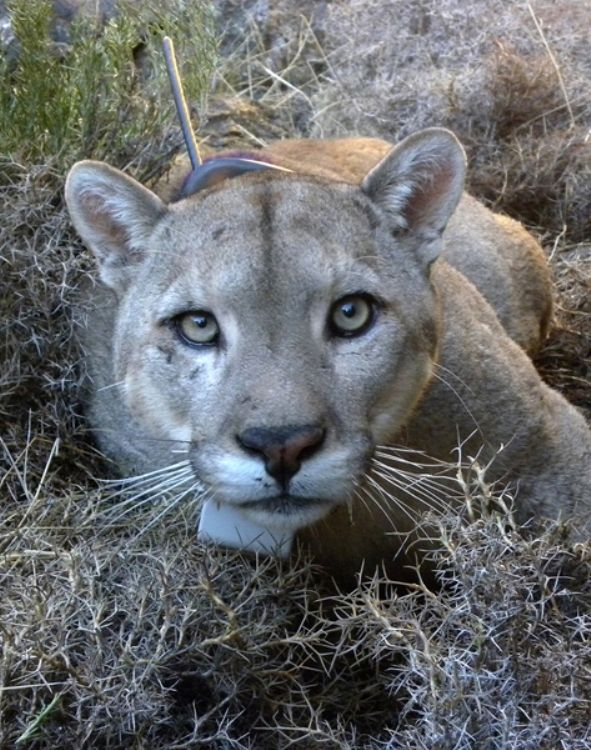
Reproduction of the Mountain Lionįemale mountain lions will usually only reproduce once every two or three years. They mark territories with urine and claw scraping, and these territories can vary greatly in size based on food abundance. An animal that shares a kill with its neighbor increases the likelihood the neighbor will share a kill in return. However, individuals with bordering territories will occasionally share kills. Mountain lions are solitary creatures, and outside of mating, adults rarely interact. The exhibits built for these cats are spacious, and usually provide a number of rocky features or climbing opportunities. Additionally, they receive rabbits, large bones, and parts of carcasses. Zoos have commercially available ground meat, which provides all the vitamins and nutrients needed for survival. This is because zookeepers provide them with a reliable food source, and unlimited healthcare. While wild cougars usually have a 10-year lifespan at the most, those in zoos can live to 20 years or more. In zoos, these cats can nearly double their life expectancy. Large, toothy predators tend to be dangerous as household pets! It is also illegal in most places to own one of these cats as a pet. No, mountain lions do not make good pets. Humans have not domesticated mountain lions in any way. Though the population is stable, some regional subspecies are endangered or extinct. Deforestation and habitat destruction pose a problem, because these cats thrive in areas where they can ambush their prey. In some areas, hunting these cats is legal, and in other areas, more indirect factors impact them.
On the other hand, humans kill mountain lions for a number of reasons. On one hand, the cats will sometimes attack livestock, and even humans. Interactions between mountain lions and humans negatively impact both. Some commonly targeted species include deer, elk, moose, bighorn sheep, horse, pronghorn, mountain goat, and caribou. They prey on anything from insects and rabbits, to 1,500 lb. To capture enough prey to survive, these cats must be opportunistic. This means that they must eat meat to survive, and the vast majority of their diet consists of meat. Like most cats, cougars are obligate carnivores. Save for Florida, humans have removed them from the vast majority of the eastern United States and Canada. In North America, they are more concentrated to the western states. The northernmost reach of their range is the Canadian Yukon. Their range stretches from Canada all the way to South America. From Canada, populations of mountain lions live all the way to the tip of South America. These widespread cats have one of the largest ranges of any terrestrial animal in North and South America. When given the opportunity, their preferred habitats have rocky outcrops or dense vegetation to ambush prey from. They live in deserts, mountains, lowlands, mangrove forests, deciduous forests, canyons, prairies, and more. You can find these predators in nearly every North American habitat. Part of the reason they have such a wide range is because of their ability to adapt to different habitats. Mountain lions are kings of adaptability. When only the strongest survive to reproduce, the population is healthier. Natural predators, like cougars, are important because they pick off the weak and the sick. However, this is bad for the genetics of the population. When hunting for sport, humans target the largest, strongest, animals. Artificial Control – Though recreational hunting of deer and other large game helps reduce populations, it is far from a perfect system.This increases disease, and damages the plant life in an ecosystem.

Prey populations, like deer, can quickly escalate when predators die out.



 0 kommentar(er)
0 kommentar(er)
